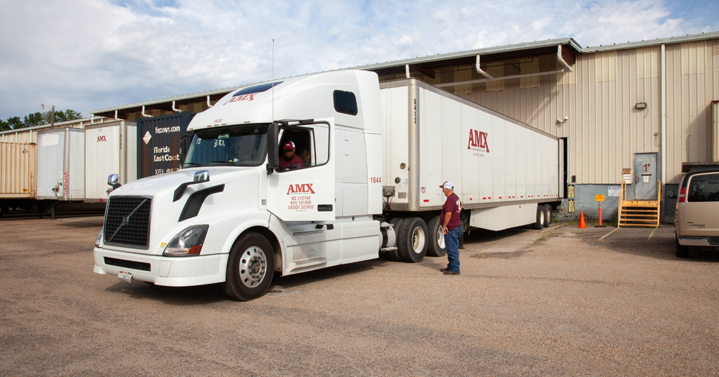“What’s the forecast for today?” Many people ask this question to decide what to wear, but this is a vital question when choosing the right shipping solutions for those in the freight business. “Consider that last year alone saw Hurricane Ida, a typhoon near Chinese ports, the Texas freeze, British Columbia flooding, and freak December tornadoes across the US, and it’s clear that global trade is struggling to cope with much more than a health crisis. As temperatures creep higher, nature will likely be a more frequent, intense, and random economic disrupter,” reported Olivia Rockeman with Bloomberg. As evolving seasons continue to impact the supply chain, shipping companies need to understand when to leverage dry van trucking as their best transport method.
When Shipments Are Not Temperature-Sensitive
Although the weather may not be as predictable as it once was in most places across the globe, shipping companies can combat its unpredictability by focusing on the requirements for each shipment. For example, if a shipper has a regular customer who ships chocolate to Minnesota, dry van trucks can complete 80% of the shipments each year due to the weather tending toward the cold side. However, reefer trucks would be the best transport option during Minnesota’s short summer. By learning what their freight needs to remain stable, shipping companies can use dry van trucking to get the items to their destination without loss.
Shipments Require Cover and Protection From Weather
Although the safety of CDL drivers should be a top priority during adverse weather conditions, it is also a harsh reality that a freak snowstorm can destroy essential products when unprotected. The moisture of rain or snow can ruin wood studs, beams, insulation, and more. Hail intensity can shatter every product on a flatbed glass trailer that would otherwise be kept safe in a dry van truck. A quality dry van trucking team can minimize the likelihood of a shipper’s items counting toward the billions lost every year due to weather-related insured losses.
When Freight Needs Extra Security
One of the most significant advantages of using dry van trucking for non-perishable items is the added security found in the non-transparent walls and a locked latch. A dry haul trailer full of computer parts may be promising to a thief, but when the same trailer might also hold thousands of nails, a thief is less likely to take the risk of breaking in for no gain. This extra security is especially beneficial when a route or traffic delay leaves a driver with minimal access to safe and monitored truck parking when their driving hours are up.
Examples of Ideal Freight to Send by Dry Van
Many carriers prefer the consistency of dedicated loads. Often, these repetitively moved items are great fits for a traditional or expedited dry van trucking solution. Some of these items include:
- Heat-resistant raw materials.
- Automotive and construction parts.
- Paper and plastic household supplies.
- Non-perishable food and drink.
- Heat-resistant electronics.
- Furniture and home decor.
- Textiles and retail-ready clothing.
Let the Experts Help Your Team Make the Decision Between Dry Van Trucking and Other Modes by Partnering With AMX Logistics
As the southeastern US becomes acquainted with Montana’s weather, shipping companies must maintain industry knowledge and relations that prepare them for any capacity or forecast shift. Choose AMX Logistics as your next logistics freight broker to receive available dry van trucking capacity when you need it to get your shipments where they need to go when they need to go. To take your shipping company to the next level, start a conversation with a dry haul expert at AMX Logistics today.


